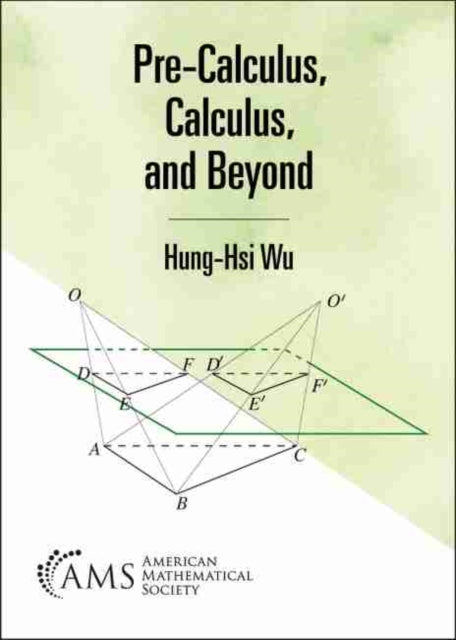Search results for ""Author Hung-Hsi Wu""

American Mathematical Society Teaching School Mathematics: Algebra
This is a systematic exposition of introductory school algebra written specifically for Common Core era teachers. The emphasis of the exposition is to give a mathematically correct treatment of introductory algebra. For example, it explains the proper use of symbols, why ``variable'' is not a mathematical concept, what an equation is, what equation-solving means, how to define the slope of a line correctly, why the graph of a linear equation in two variables is a straight line, why every straight line is the graph of a linear equation in two variables, how to use the shape of the graph of a quadratic function as a guide for the study of quadratic functions, how to define a parabola correctly, why the graph of a quadratic function is a parabola, why all parabolas are similar, etc. This exposition of algebra makes full use of the geometric concepts of congruence and similarity, and it justifies why the Common Core Standards on algebra are written the way they are.
£61.03

American Mathematical Society Pre-Calculus, Calculus, and Beyond
This is the last of three volumes that, together, give an exposition of the mathematics of grades 9–12 that is simultaneously mathematically correct and grade-level appropriate. The volumes are consistent with CCSSM (Common Core State Standards for Mathematics) and aim at presenting the mathematics of K–12 as a totally transparent subject.This volume distinguishes itself from others of the same genre in getting the mathematics right. In trigonometry, this volume makes explicit the fact that the trigonometric functions cannot even be defined without the theory of similar triangles. It also provides details for extending the domain of definition of sine and cosine to all real numbers. It explains as well why radians should be used for angle measurements and gives a proof of the conversion formulas between degrees and radians.In calculus, this volume pares the technicalities concerning limits down to the essential minimum to make the proofs of basic facts about differentiation and integration both correct and accessible to school teachers and educators; the exposition may also benefit beginning math majors who are learning to write proofs. An added bonus is a correct proof that one can get a repeating decimal equal to a given fraction by the “long division” of the numerator by the denominator. This proof attends to all three things all at once: what an infinite decimal is, why it is equal to the fraction, and how long division enters the picture.This book should be useful for current and future teachers of K–12 mathematics, as well as for some high school students and for education professionals.
£47.22


